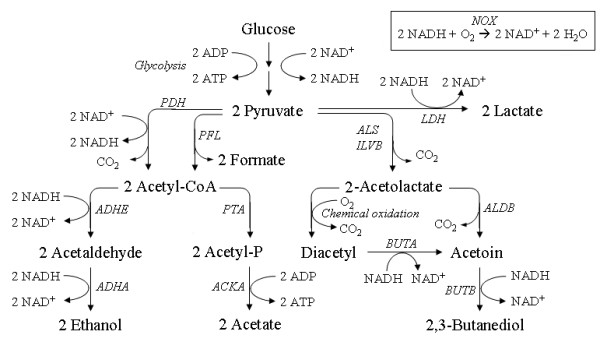WhamFish
Well-Known Member
- Joined
- May 29, 2014
- Messages
- 141
- Reaction score
- 18
I've got a 5 gal carboy that I've got full of wort. I pitched a starter of L. brevis and was waiting for it to sour, holding it at 105F. Ive had it there for 48 hours. pH is 4.0, not much lower than where it started.
Now it is bubbling, like soda, no head retention, no krausen. Just a steady stream of bubbles. The starter didn't bubble, and absolutely nothing else went in there. I did my normal sanitation protocol.
Question is: should I just pitch yeast? is this potentially dangerous? Like could something have got in there that will make me sick? If I pitch and the ferment takes it down to the expected gravity will I need to worry about something being in there that would be bad for me?
Now it is bubbling, like soda, no head retention, no krausen. Just a steady stream of bubbles. The starter didn't bubble, and absolutely nothing else went in there. I did my normal sanitation protocol.
Question is: should I just pitch yeast? is this potentially dangerous? Like could something have got in there that will make me sick? If I pitch and the ferment takes it down to the expected gravity will I need to worry about something being in there that would be bad for me?




